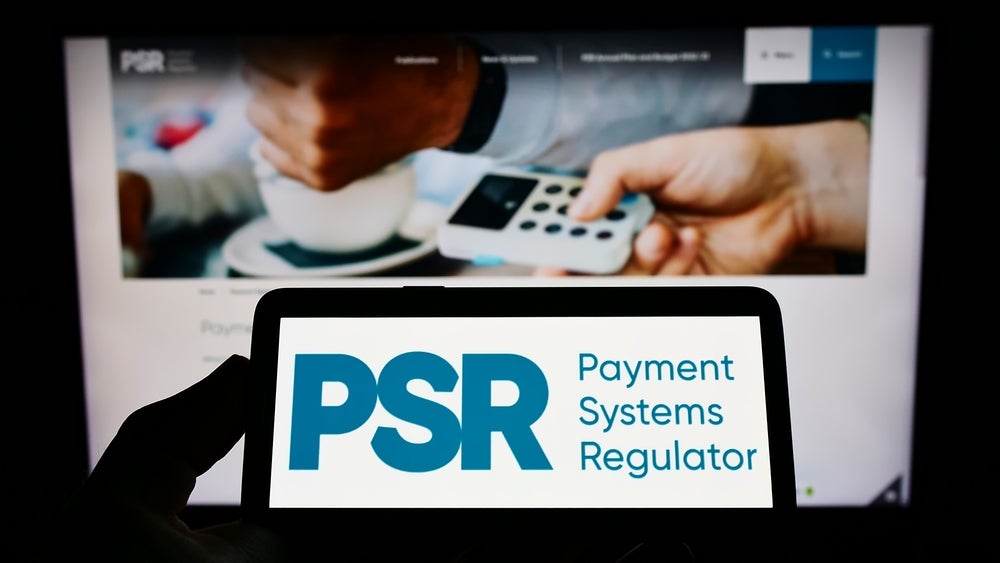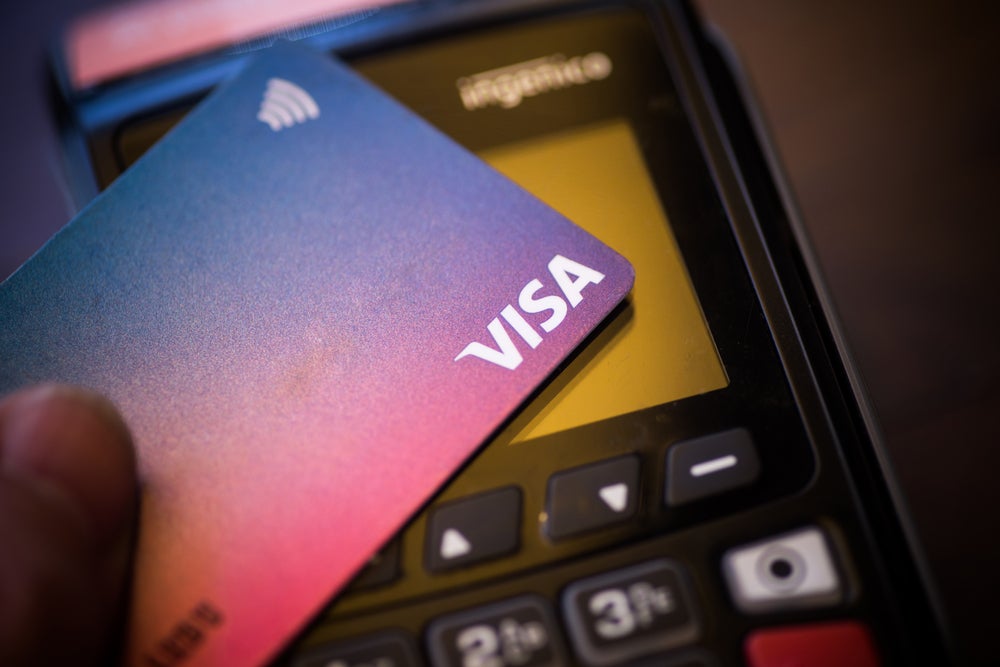Interac Association is doing its bit to speed up P2P, B2C, and B2B payments in Canada by enhancing its digital payments platforms. Robin Arnfield talks to Debbie Gamble, the Canadian debit scheme’s vice president of product and platform development.
Interac’s core service is its shared ATM and POS debit card networks. It also offers the Interac Online service offering e-commerce payments directly from bank accounts; Interac e-Transfer enabling real-time fund transfers from one bank account to another; and POS access for Canadian debit cardholders at nearly 2 million US retailers.
To use Interac e-Transfer, senders just need their recipient’s email address or cellphone number, with the funds travelling via the Canadian banking system.
In 2016, Interac handled 5.4 billion Interac debit transactions worth C$222bn and 190 million Interac Cash transaction volumes.
“The first version of Interac e-Transfer was launched in 2002, and the service now connects over 250 Canadian FIs,” Gamble tells EPI. “It allows customers to move money from any Canadian financial institution (FI) to any other Canadian FI. The money is transferred as irrevocable good funds in real time.
“Over the last few years, especially with the growth of mobile, Interac e-Transfer has really been the backbone of how Canadians exchange funds with each other, and we’ve seen incredible growth.”
How well do you really know your competitors?
Access the most comprehensive Company Profiles on the market, powered by GlobalData. Save hours of research. Gain competitive edge.

Thank you!
Your download email will arrive shortly
Not ready to buy yet? Download a free sample
We are confident about the unique quality of our Company Profiles. However, we want you to make the most beneficial decision for your business, so we offer a free sample that you can download by submitting the below form
By GlobalDataCheap transfers
For P2P or SME bank-to-bank transfers, Interac e-Transfer is the easiest and cheapest mechanism for transferring funds between FIs, Gamble points out. With the widening acceptance by FIs of Interac e-Transfer, the service is increasingly offered free of charge to users.
“FIs would offer Interac e-Transfer for free to their customers as it’s now such a core service within their online banking feature set,” says Gamble. “Largely because of mobile transfers, we’re seeing 50% growth year on year in Interac e-Transfer and are on track to process C$90bn in funds transfers this year. Over 70% of Interac e-Transfer notifications are now received via mobile devices.”
Between 1 January and 31 October 2017, there were 192 million Interac e-Transfer transactions, up from 163 million sent in all of 2016. Interac forecasts over 235 million Interac e-Transfer transactions in 2017. In the first 10 months of 2017, the total dollar value of Interac e-Transfer transactions was C$74.5bn, up from C$63bn in 2016.
New features
Over the last year, Interac has introduced several enhancements to Interac e-Transfer such as Interac Bulk Disbursement offering the ability for businesses to make bulk payments or process payroll via Interac e-Transfer. The original restrictions on the total amounts that could be sent each day via Interac e-Transfer have also been eased to make life easier for SMEs
Interac is involved in Payments Canada’s Faster Payments initiative to speed up the core payments clearing and settlement systems that the payments body operates. “The enhancements we’re making to Interac e-Transfer are intended to help support Payments Canada’s vision of modernising the Canadian payments ecosystem,” says Gamble.
Interac has made it easier to send and receive payments via Interac e-Transfer. For security purposes, Interac e-Transfer senders have been required to communicate a security Q&A with recipients.
However, following market research, Interac has introduced an Autodeposit feature allowing recipients to have funds sent via Interac e-Transfer automatically deposited directly into their bank account, without having to answer a security question. Also, senders don’t need to convey security answers to recipients.
Another new feature is Request Money, which makes it easier for funds transfer recipients to request money they are owed. When they are sent a request for money, the payor is notified instantly and can click on the link within the notification to accept the request and log into their bank account. If accepted, the requested amount is automatically deposited into the recipient’s (payee’s) bank account.
“SMEs can include their invoice number in their Request Money notification,” says Gamble. “We’ll add some new features in 2018 to enhance Interac e-Transfer for the business market.”
So far only a limited number of Canadian FIs such as RBC, Scotiabank and TD offer Autodeposit and Request Money. But more FIs are expected to come on stream with the new services in the next few months.
International
Interac e-Transfer can be used to send money outside Canada via Western Union, while MoneyGram uses Interac e-Transfer Bulk Disbursement to distribute funds to people in Canada.
In December 2017, Interac partnered with Toronto-based nanopay, a real-time payment platform providing instant settlement across multiple currencies, to enable secure, real-time digital transfers from Canadian bank accounts to international high-volume remittance corridors. The first rollout will be payments to India.
Contactless/mobile
Interac launched the Interac Flash contactless EMV debit specification in 2010 and over the last year has embraced the various ‘Pays’ such as Apple Pay, Samsung Pay, and Android Pay. It also offers a capability for FIs to include Interac Flash in their proprietary mobile wallets.
All Interac mobile transactions are processed via the Interac Token Service Provider (TSP), a proprietary tokenisation platform that generates a sequence of numbers valid for a single transaction only. Gamble says Interac was the first domestic debit scheme to launch its own TSP platform.
“We have an incredible contactless acceptance footprint in Canada,” says Gamble. “Many of the POS terminals at the 500,000-plus card-accepting merchant locations across Canada are capable of accepting contactless payments.”
Roadmap for 2018
Gamble notes that Interac is focusing on opening its Interac e-Transfer APIs to developers through its developer portal. “We held a collision day at the Kitchener, Ontario Communitech Fintech Incubator in May 2017, and will hold a hackathon at the University of Toronto in 2018,” she says.
At the collision day, Interac announced that it would integrate its Interac e-Transfer third-party APIA with three Canadian start-ups – OpenSports, Dibbzz and Navi – to help them enable faster payment experiences for their customers.
“We will continue to enhance Interac e-Transfer Bulk Disbursement for businesses, and will also develop in-app and in-browser mobile payments for Interac Online,” Gamble says. “Interac Online has been seeing a lot of growth already.”
Interac is very interested in providing its TSP services for digital ID certification, both in the financial services space and in other areas such as e-government, says Gamble. Interac has a seat on the board of SecureKey, which is working with Canadian banks to develop a blockchain-based nationwide digital ID scheme.
“Canadian consumers already trust Interac, so there is scope for us to leverage our technology to provide digital ID services,” says Gamble.
History
Interac was established in 1984 as a cooperative venture between five Canadian FIs: RBC, CIBC, Scotiabank, TD, and Quebec-based Desjardins. In 1986, five more FIs including BMO, National Bank of Canada, and Credit Union Central of Canada, joined Interac. After launching the Interac Cash share ATM access network, in 1994, Interac launched the Interac Debit national debit card network for POS purchases.
Interac operates under a Consent Order issued by the Government of Canada’s Competition Tribunal in 1996. The Consent Order’s aim was to open access to Interac’s network and existing services – Interac Cash and Interac Debit – to new members. It prescribes how Interac is structured and governed and how it sets and collects fees.
Interac is required to operate on a not-for-profit cost-recovery basis.
Interac’s members include banks, trust companies, credit unions, merchants, and technology and payment-related companies. Its network encompasses over 65,000 ATMs and 879,000 POS terminals across Canada.








